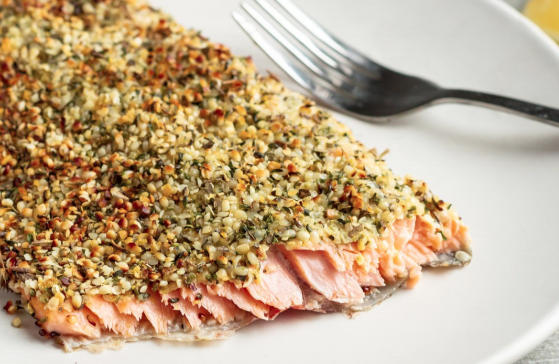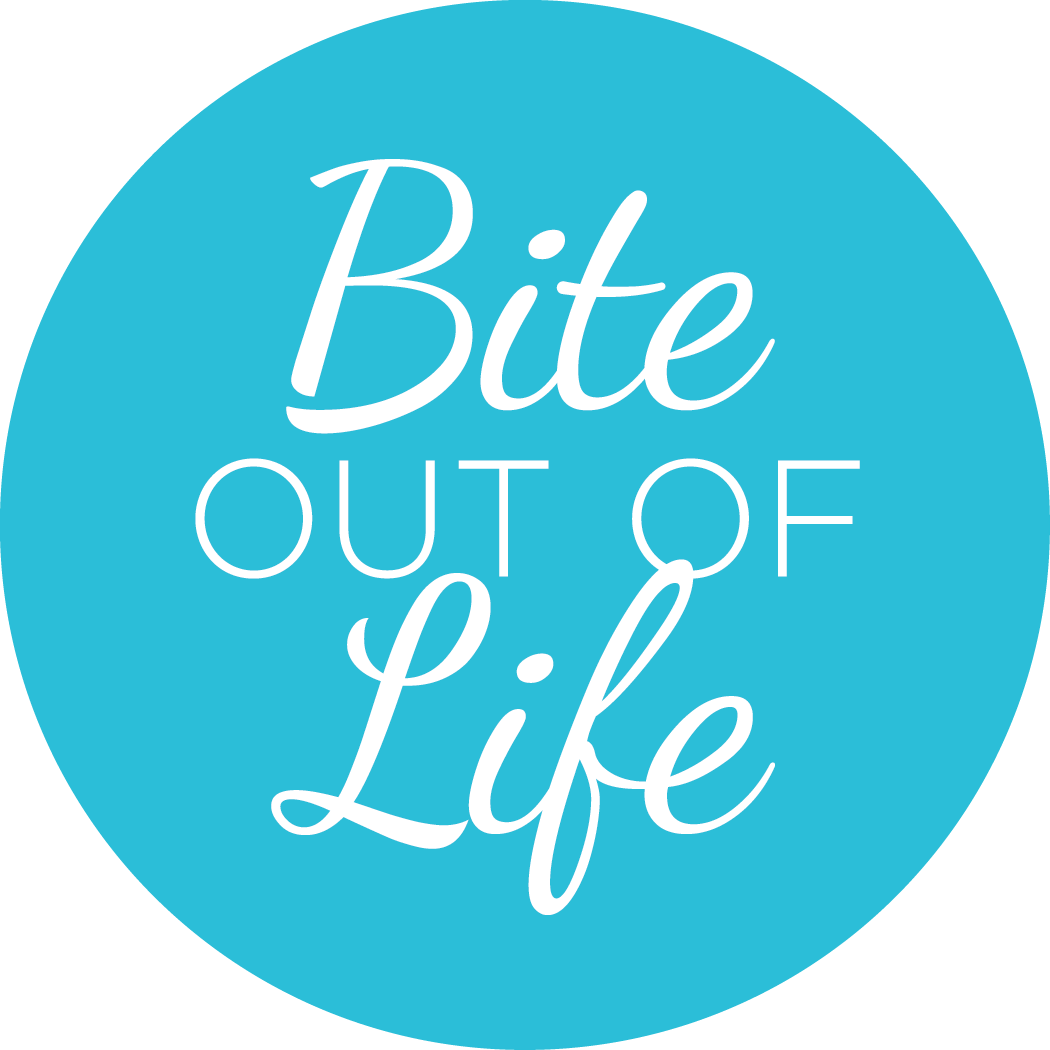
And wanting to eat All. The. Things. All the flippin’ time?
I hear about this insatiable hunger from a lot from many of my clients – women and men – who are smack in the middle of middle age.
It may be due to the types of food you’re choosing to eat. Some of it may be your hormones being out of whack. Some of it may be thirst and you’re just confusing the signals with ‘hunger’. And some of it might have an emotional trigger – and even if you’re not physically hungry, you’re craving because you have been used to using food as comfort, support or as an emotional numbing device.
It happens and we’ve all been there. Even me. It’s ok. You’re going to be ok. Because you know what? Even if I can’t help you root out the emotional stuff (at least not today), we are going to cover how you can make healthier food and life choices – so you’ll have a place to start – or to start again – on the road to better health. And if you’d like more support, one-on-one, shoot me a quick email and we’ll get you sorted.
But in the meantime, here’s what you can do to try to overcome that drive to eat, eat, eat. Even when your inner hungry, hungry hippo (remember that kids’ game?) is overwhelming you.
Thirst – the great pretender
Before we dive into the mechanisms of hunger, let’s start with looking at whether what you are feeling is real hunger. Being thirsty often confuses the body’s response and makes you think you’re hungry. If you’re having a hard time differentiating the cues for thirst and hunger – there’s an easy fix. Drink a glass of water if you’re feeling those hunger pangs. Wait 15 minutes and if you feel better – it was thirst and you’ve satiated that craving effectively.
If you’re still hungry, then it really might be a need for food. Best advice to quell hunger starts with protein and fat, not a carbalicious cookie. So grab something like carrot sticks and hummus or a handful of nuts (eaten one at a time, not just tossed into you mouth all at once!) Why go to the healthy option first? Well aside from the obvs that you’ll get more benefit from that choice, it also helps to differentiate whether your are physically hungry or emotionally craving. If your inner hungry hungry hippo is feeling only hungry enough for junk food, but not hungry enough for healthy food, then it’s likely the siren call of the salt, sugar, fat and all that jazz trying to lure you in.
Onward to food strategies!
L is for Leptin & Lenomorelin
Well, this wouldn’t be a part of the ABCs of Healthy Hormones without a mention of the important hormones involved! Introducing…L for Leptin & Lenomorelin – together, they control your hunger levels. Fun fact: we’ve actually talked about Lenomorelin before because it also goes by the name of Ghrelin. Leptin suppresses hunger and Ghrelin increases hunger. Consider them the twins of appetite.
Logic would suggest that people with higher blood levels of leptin would be thinner – because the presence of a hunger-suppressant would mean that you feel full and wouldn’t be tempted to overeat. Unfortunately, it becomes problematic when leptin is chronically elevated (seeing a reoccurring pattern here?). Similar to how insulin can become resistant (read about that in D for Diabetes), leptin resistance can happen as well.
And that’s exactly what the science is saying for overweight and obese individuals – studies have been showing that they have higher leptin levels than average. So, their bodies are producing leptin but somehow, the message of ‘feeling full’ isn’t getting to the hypothalamus in the brain (oh the hypothalamus – remember how imbalances can happen with the HPA Axis?) That prompts these folks to keep eating because the brain thinks they’re still hungry. There may be plenty – sometimes even too much leptin being produced (which’ll show up in blood tests) but the issue here is it’s not being used.
Leptin also helps to regulate metabolism. Take a minute to think about how that’ll impact a person struggling with their weight. Since the brain thinks they’re starving (even when they’re actually not), metabolism will also slow down and their body will hold onto any and every resource it can. Translation? It makes weight loss even more difficult.
To aid in weight loss or even weight management – and frankly to be in healthy control of your appetite you need to have optimally-functioning leptin sensitivity. If you are overweight or have been yoyo dieting for years, chances are that’s eluding you. But the good news is, many of the same tips we used to improve insulin sensitivity also work to improve leptin sensitivity: get regular exercise and routinely prioritize good sleep habits.
And as we’ve covered already, inflammation is a biggie that can make your hormones go haywire, so eating anti-inflammatory foods can also help to improve leptin sensitivity. (If you really want to dig into some science-y stuff, you can read more about the leptin-inflammation pathways here).
Some excellent anti-inflammatory foods to weave into your day-to-day include:
- Antioxidants: blueberries, red peppers, dark chocolate as just a few examples
- Omega 3 foods: chia seeds, hemp seeds, fish
- I cover off a lot more specifics about eating to reduce inflammation, here, so check it out!
The other L Hormone
Lenomorelin (AKA ghrelin) the appetite stimulator is made in the lining of our stomachs, so is mostly influenced by food intake. When there’s food in the stomach, ghrelin levels tend to drop.
Ghrelin goes up:
- Right before you dig into a meal (and then starts dropping as you eat)
- If you’re fasting, because its job is to prevent you from starvation so you’ll get signals to eat
- If you are struggling with an eating disorder – again, because it’s trying to help you survive and get enough nutrients
- After dieting – hmm, yes, another reason why restrictive dieting is a no-go with me. The more often you restrict food, the more likely that your hunger signals will be confused long after you go back to eating more.
As an important side note, ghrelin can also increase if you’re sleep deprived – another critical reason to ensure you are getting your 8-ish hours of beauty rest each night. And another reason why you will never stop struggling with weight loss if you struggle with sleep and don’t make fixing that a priority.
Choose foods to satisfy
Not only do you have inherent mechanisms that regulate how hungry/full you feel, but maybe you’ve also noticed that some foods keep you feeling full longer?
That can make the advice to “stop eating when you feel full” a bit tricky if you’re picking foods that aren’t filling. Pair that up with the wonky hormones we discussed above, and you may soon find yourself doing that thing where you stand in front of the open fridge or look in every cupboard searching for ‘something’ even when you know you’ve just finished dinner ( that may or may not have been mostly processed foods).
Sound a little familiar?
Your body truly seeks a phenomenon called satiety. That feeling of fullness, of being satisfied and satiated. And to get there – you need to choose foods that help you reach that feeling. Especially if you are working on losing weight or maintaining a weight loss.
There is some science behind which foods work best. The Satiety Index is a rating of foods that have been tested for the satiating effect in a 240 calorie (1,000 kJ) portion size. The index scores foods based on whether people feel extremely hungry, hungry, semi-hungry, no feeling, semi-satisfied, satisfied, or extremely satisfied. Similar to the glycemic index, the response to white bread was set to be 100. Foods that are more filling have numbers higher than 100. Foods that are less filling have numbers lower than 100.
Characteristics of foods with a high satiety index
There are a few common characteristics of highly satiating foods.
- Foods that are more filling (i.e., have a high satiety index) tend to have more protein. Protein is considered to be more filling than either carbohydrates or fats.
- They also tend to have more fibre. Because fibre is not digested, it provides bulk. This bulk tends to help you feel full longer because it slows down emptying of the stomach and digestion time.
- Highly satiating foods tend to have more volume for the same amount of calories; this means they tend to take up more space with water or air.
- They tend to have less fat.
- Highly satiating foods are also generally whole and less processed.
If you think about the feeling of fullness, it makes you not want to eat at that moment. It wards off the feeling of hunger. Eating more foods that have a higher satiety index are more filling, and therefore can help you to eat less overall.
This is one strategy to use if you feel hungry all the time, or if you’re trying to lose weight. Women in particular can find success in stopping that nighttime munchie syndrome if they include a portion of more satiating foods, especially at dinner. For example, a medium potato or 2/3 cup of brown rice as part of a balanced meal can often provide that insurance policy to keep leptin and ghrelin in balance for the evening.
What foods keep you feeling full for longer?
Some foods that score higher than white bread (100) on the satiety index are:
- Boiled potatoes (323)
- Fish (225)
- Oatmeal/Porridge (209)
- Apples (197)
- Brown rice pasta (188)
- Beef steak (176)
- Baked beans (168)
- Eggs (150)
Some foods that score lower than white bread (100) on the satiety index are:
- Ice cream (96)
- Chips (91)
- Yogurt (88)
- Peanuts (84)
- Mars bar (70)
- Doughnuts (68)
- Cake (65)
- Croissant (47)
If you want to see a more detailed list of foods, you can go here.
So how do you tame your hungy, hungry hippo?
If you feel like you’re hungry all the time, there could be a million factors at play here. Take a breath. Do an honest (but kind) check-in with yourself.
Take the time to figure out if you thirsty.
Take the time to figure out if you’re upset and or vulnerable and not hungry. Unfortunately many of us have been brought up with conditioning that if we had a bad day, a loving parent or well-meaning grandparent was there to ‘make it all better’ with a cookie or sweet treat. And now that we are adults, this pattern is ingrained and we may continue to feed our emotions instead of our bodies. I know, another whole can of worms that’s not for today. But I will recommend this book as a good reference to consider if you always turn to food to soothe.
Also remember to do a check-in with the factors that I mentioned today – the ones that impact your hormones: Are you sleeping well? Are you engaging in regular exercise? And if they’ve gone off-track, see if you can reestablish the practice(s) you’ve lost so you help your leptin and lenomorelin get back in balance and able to do the jobs they are meant to do.
And use the satiety index as a tool. Eating foods that score higher on the satiety index can help reduce food intake and even fight cravings.
Still struggling with your hunger cues? Email me and we can discuss strategies and accountability support to help you rebuild the trust in your natural hormonal cues.
Recipe: Hemp Crusted Trout
Serves: 2
Get a double dose of Omega-3’s to boost your leptin – you get it from the hemp seeds as well as the fish in this recipe.
Ingredients:
- 1/4 c Hemp Seeds
- 2 tsps Italian Seasoning
- 1 tsp Nutritional Yeast
- 1/4 tsp Sea Salt
- 2 Rainbow Trout Fillets
- 2 Tbsps Dijon Mustard
- 1/2 Lemon (sliced into wedges)
Directions:
- Preheat the oven to 400°F (204°C) and line a baking sheet with parchment paper.
- In a small mixing bowl combine the hemp seeds, Italian seasoning, nutritional yeast and salt.
- Place the trout fillets on the prepared baking sheet and pat dry with a paper towel. Smear the Dijon mustard evenly on to the top of the fillets.
- Spoon the hemp seed mixture on top of the mustard coating and press down with the back of the spoon to ensure the hemp seeds stick to the fish. Bake for about 9 minutes or until fish is cooked through and flakey.
- Serve with fresh lemon wedges and season with additional salt if needed. Enjoy!
REFERENCES:
https://en.wikipedia.org/wiki/Satiety_value
https://www.healthline.com/nutrition/15-incredibly-filling-foods
http://www.healthline.com/nutrition/foods-you-can-eat-a-lot-of
https://www.researchgate.net/publication/15701207_A_Satiety_Index_of_common_foods
